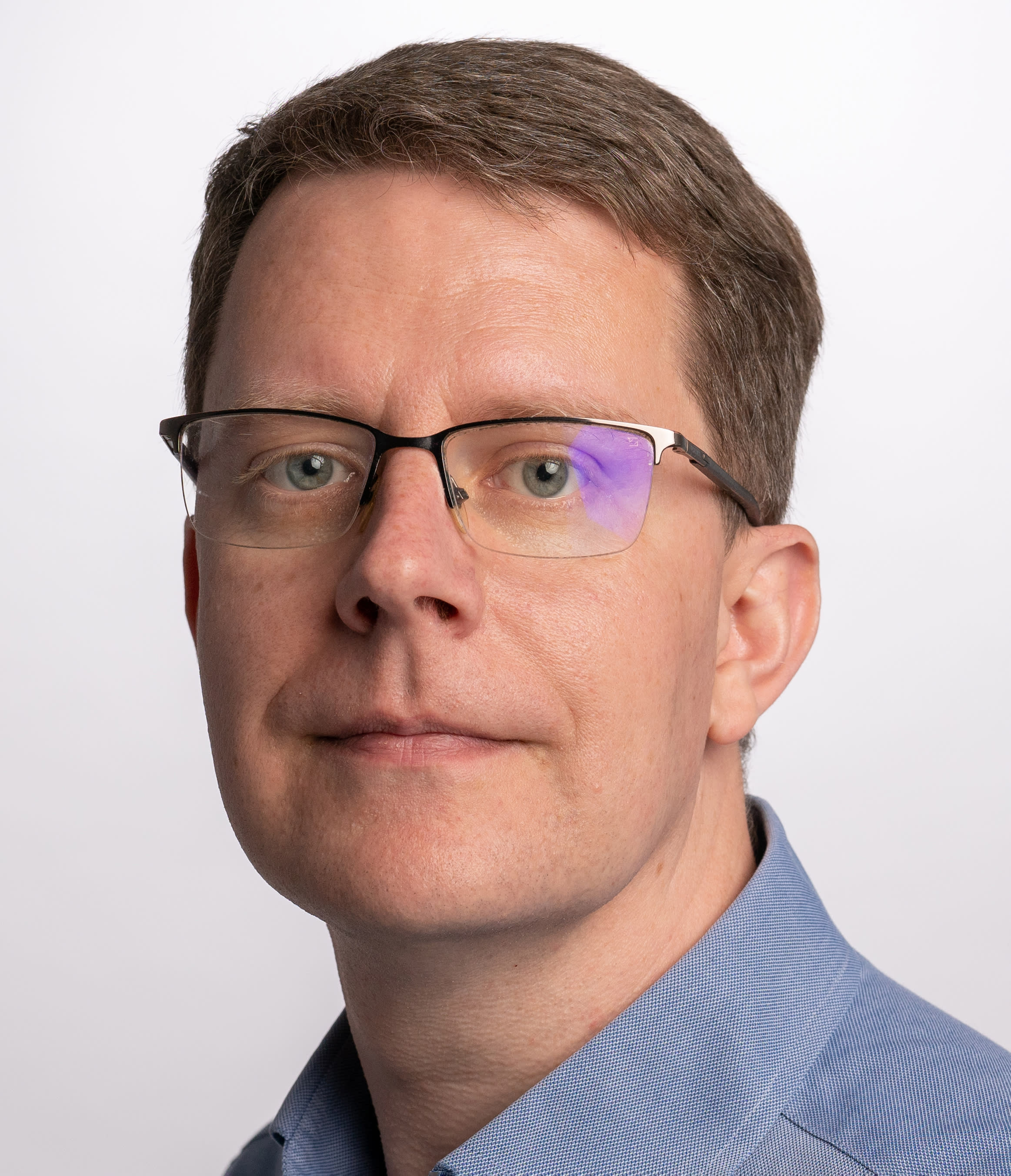At a glance
- The IDB is to discuss internal reforms at its March annual meeting in the Dominican Republic
- The LatAm and Caribbean region faces slow economic growth and the growing impact of climate change
- President Ilan Goldfajn has improved the bank’s working culture after his predecessor’s dismissal
Taking up the reins as the seventh president of the Inter-American Development Bank in December 2022, Ilan Goldfajn inherited an institution in a deep funk, following the messy departure of his controversial American predecessor.
As the IDB — the largest development financial institution serving the Latin America and Caribbean region — prepares to hold its annual meeting in the Dominican Republic next week, its well-respected Brazilian economist president can look back on a successful first year in the job, during which time the bank’s internal and external relationships have become markedly less fraught.
With its working environment now detoxified, the IDB and its president face a full agenda for a region beset by economic stagnation, not least the vital task of improving the bank’s effectiveness in meeting challenges related to social development, infrastructure-building and climate change.
A new direction
Goldfajn took over at the IDB following the early departure of its former president Mauricio Claver-Carone. A hawkish member of the Trump administration with an uncompromising approach to Cuba and Venezuela, Claver-Carone’s nomination for the presidency in 2020 provoked consternation across LatAm and the Caribbean, with the role hitherto held by figures from the region itself.
Claver-Carone was voted out by IDB’s governors in September 2022, following a sex scandal with a junior employee, charges which he denies. His refusal to co-operate with the bank’s investigation left its mark on the institution, creating what a US Treasury spokesman at the time described as “a climate of fear of retaliation among staff and borrowing countries”.
Goldfajn stressed the need to improve the bank’s internal culture early in his presidency.
“[The IDB needs] to be a bank where the staff is proud to work,” said Mr Goldfajn at an event hosted by the Center for Global Development in April, stressing that the bank’s leadership needed to be “transparent, accountable, ethical, where you believe the bank is making a difference”.
Compared with the divisive Claver-Carone, Goldfajn came to the role as a highly respected technocrat, whose career highlights include chief economist at Brazil’s largest bank, Itaú Unibanco, governor of Banco Central Do Brasil (awarded The Banker’s Central Banker of the Year award for 2018 for his role in tackling inflation) and director of the IMF’s Western Hemisphere Department.
“He’s a great professional with a high reputation throughout the region,” Koldo Echebarria, a non-resident fellow at the Centre for Global Development, tells The Banker.
“What’s particularly significant is that he’s the first Brazilian to hold the post, given the country’s economic weight in the region.”
Goldfajn’s accession to the presidency was not all plain sailing, with nominations also put forward in late 2022 by Argentina, Trinidad and Tobago, Mexico and Chile. Having been nominated by Brazil’s outgoing right-wing President Jair Bolsonaro, senior figures close to the left-wing president-elect Luiz Inácio Lula da Silva (who took office in January 2023) initially suggested that the IDB election be postponed to enable the incoming government to propose their own candidate, a suggestion swiftly rejected by the US.
Yet in the end Goldfajn was the clear winner, receiving the support of 17 regional governors and 80 per cent of the vote, indicating a broad support base across the region.
“The agenda for next week’s meetings is one that no one can really disagree with in terms of the topics of discussion,” says Christopher Sabatini, senior research fellow for Latin America, US and the Americas programme at Chatham House.
“He’s very much a technocrat who is seen as far more independent than his predecessor across the region.”
Goldfajn’s technocrat credentials have served him well in the midst of a left-ward shift in the region’s politics, notes Echebarria.
“What’s more important than the president’s personal politics is that the bank provides member countries what they need in terms of financing and knowledge. If he can do that, he should have little problem dealing with most governments in the region.”
Strategic focus
The needs of the LatAm and Caribbean region are particularly stark; the IMF estimates that gross domestic product growth in the region contracted from 4.1 per cent in 2022 to 2.3 per cent last year, lower than any other emerging market and developing economy apart from the Middle East and Central Asia, with higher growth in Brazil outweighed by slowdowns across the region, including recessions in Chile and Argentina.
“The numbers are also worrisome because key fundamentals reveal that the region has fallen into a ‘stagnation trap’, meaning there are no convincing reasons to believe that faster growth is in the cards in the foreseeable future,” said the CDG in a report from last March.
Throughout his first year in position, Goldfajn has repeatedly stressed the bank’s commitment to supporting social development initiatives, infrastructure development, and particularly climate change prevention and mitigation efforts around the region.
“Climate change has arrived in the region and is [no longer] a theoretical possibility,” he said in April, citing the impact on international shipping of a prolonged drought in Panama and increasing extreme weather events in the Caribbean and central America.
Yet he has also been at pains to emphasise the region’s growth potential, emphasising opportunities that exist in sectors including green energy, food and critical minerals. In an October interview with the Financial Times, Goldfajn said that the region could play a sizable role in providing the raw materials such as lithium and copper needed to shift to electric vehicles and renewable energy.
While such priorities are hard to argue with, and have remained mainstays of the IDB for several years, the bank would be wise to dedicate increased attention and resources to the issue of state collapse and its impact on the wider region, says Sabatini.
“There is a private session on Haiti during next week’s meetings that will look at the unique issues the country is facing, but there needs to be a greater focus on the Venezuela refugee crisis, and the absorption of those refugees in neighbouring countries, which is going to be a severe drain on social safety nets,” he says.
“There are also more immediate issues that need addressing, such as the greater inclusion of indigenous communities in countries like Colombia. Such issues require highly technocratic capacity-building and investment.”
Perhaps as important as the IDB’s regional funding and assistance programmes is the need for greater efficiency in its approach. In the bank’s independent evaluation office’s most recent report on project efficiency from 2022, only 53 per cent of IDB public sector projects were considered successful in the core areas of effectiveness, efficiency, relevance, and sustainability, and only 27 per cent of IDB projects achieved their expected outcome.
“What is really needed is for the bank to focus more on the specific outcomes it is looking to achieve, and how it sets those targets,” says Echebarria.
“When [Goldfajn] took up his role, he said that one of his most important priorities was improving development effectiveness, but we haven’t seen much progress on this so far.”
At a December press conference, Goldfajn said that improving effectiveness and development results required a cultural transformation at the bank.
“Promoting a culture of impact, rather than borrowed amounts, requires changing incentives and processes: a global transformation,” he said, in comments reported by El Pais.
“Our work in the coming years will be largely defined by the decisions our governors make [at the 2024 annual meeting] … If the new Institutional Strategy is approved, we will begin the detailed design and implementation of the entire set of reforms.”










